
By Lindsay McKenna - NOAA Office of Ocean Exploration and Research
June 6, 2015
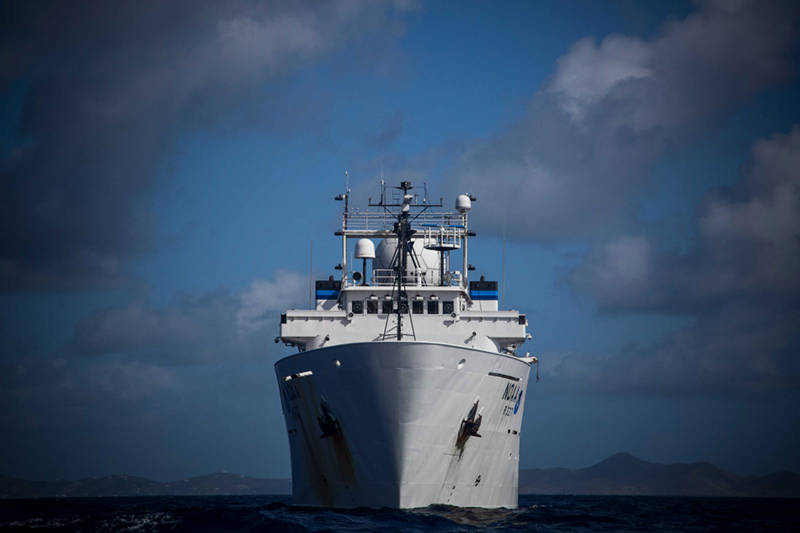
NOAA Ship Okeanos Explorer mapping underway. Image courtesy of NOAA Office of Ocean Exploration and Research. Download larger version (jpg, 191 KB).
NOAA Ship Okeanos Explorer collects baseline ocean mapping data using sonars, which stands for SOund Navigation and Ranging. Sonar systems use transducers to transmit an acoustic pulse of sound into the water. When the pulse of sound comes in contact with the seafloor, some of the sound reflects off the seafloor and returns to the ship as an “echo.” The time elapsed between the sound transmit and receive is used to calculate depth of the seafloor. Some sonar systems have one transducer that both emits and receives sound pulses; others have separate transmit and receive transducers.
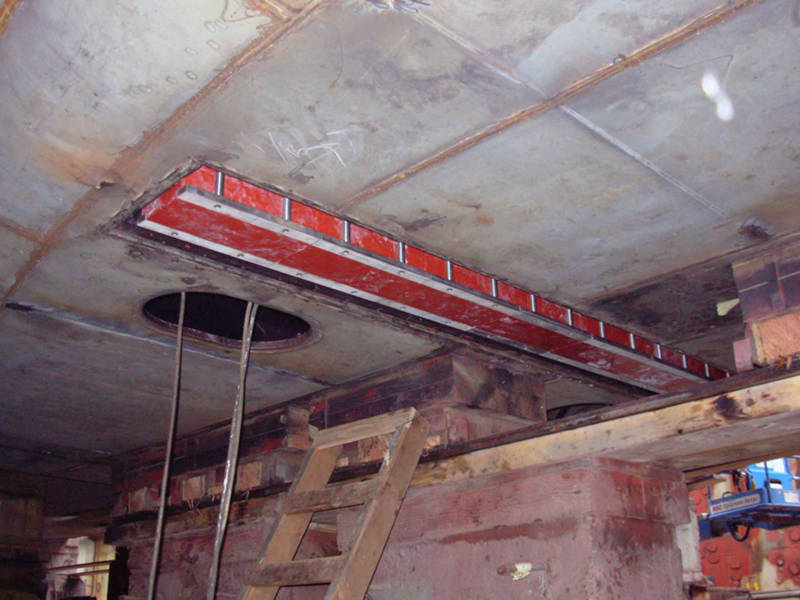
One of the EM302 transducers being installed on the ship’s hull back in 2008. Image courtesy of NOAA Office of Ocean Exploration and Research. Download larger version (jpg, 384 KB).
We have three sonars on the Okeanos Explorer. Our “workhorse” sonar is the Kongsberg EM302 30 kHz multibeam sonar. The EM302 offers a large swatch width, increased data density, and higher resolution. On the Okeanos Explorer, we use the EM302 to collect seafloor bathymetry, seafloor backscatter, and water column backscatter. Backscatter represents the strength of the acoustic signal reflected from some target, whether that’s the seafloor or bubbles in the water column.
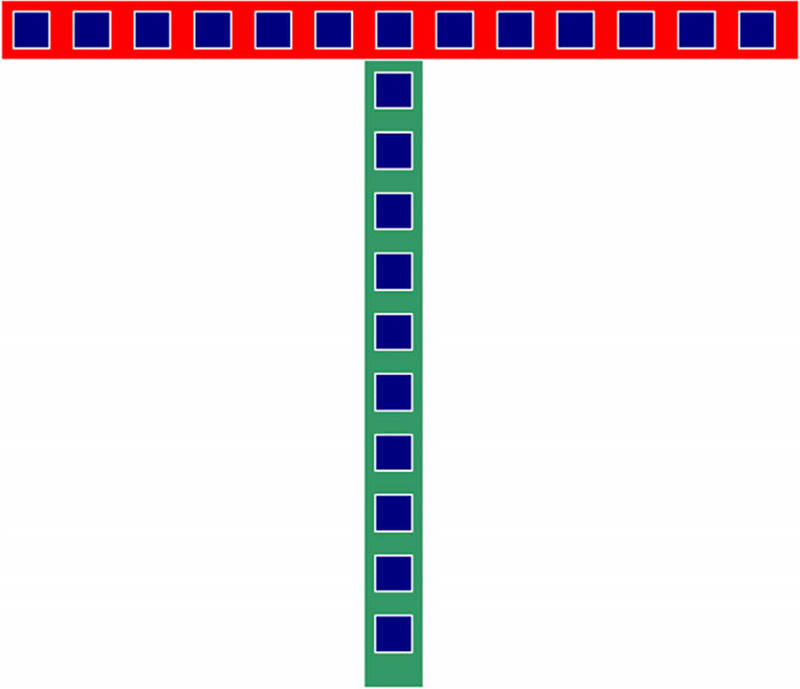
Mills Cross configuration, separate transmit and receive arrays. Image courtesy of NOAA. Download image(jpg, 26 KB).
The EM302 has separate transmit and receive transducers that are mounted to the hull of the ship as modular linear arrays in a Mills Cross configuration. This system produces a swath of sound and can generate up to 864 soundings per ping. The maximum observed swath of the EM302 is approximately eight kilometers and diminishes in depths greater than 5,000 meters. Beam focusing can be applied automatically during both transmit and receive.
The EM302 is designed to map the seafloor in water depths of 10 to 7,000 meters, and our system was able to detect the seafloor at 8,000 meters over the Puerto Rico Trench during a recent Océano Profundo cruise.
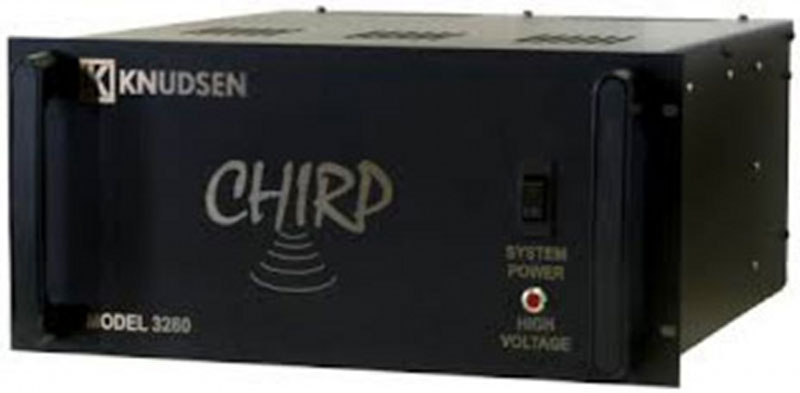
None of the sonars on the ship are standalone units, they all have transducers mounted on the hull of the ship and then a top-side unit located within the ship. The top-side unit does some signal processing on the acoustic returns. The top-side units are connected to computers that run data acquisition software. The image above is the top-side unit of the Knudsen Chirp, courtesy of Knudsen Engineering Limited.. Download image (jpg, 28 KB).
The Knudsen Chirp 3260 3.5 kHz subbottom profiler sonar is used to collect shallow seismic reflection profiles, which provide details about the geology below the seafloor. This system can survey the seafloor at depths up to 10,000 meters.
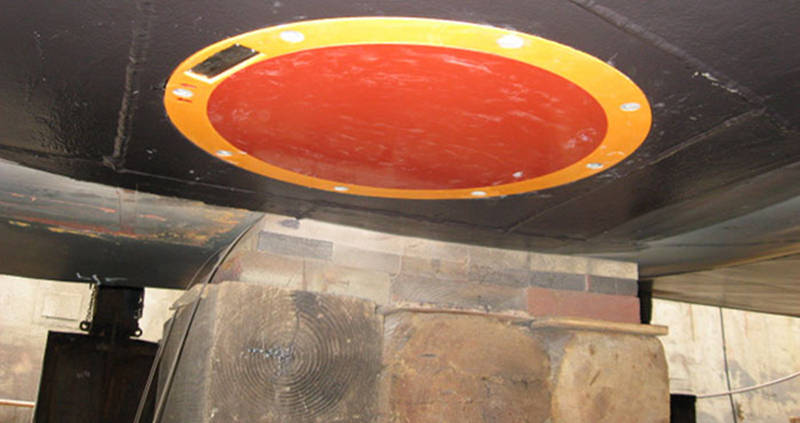
Picture of the EK60 split-beam transducer mounted on the hull of the Okeanos Explorer. Image courtesy of NOAA Office of Ocean Exploration and Research. Download image (jpg, 47 KB).
The third sonar on Okeanos Explorer is an 18 kHz Simrad EK60 split-beam sonar, which provides both single-point reflection seafloor bathymetry and calibrated water-column backscatter. Calibrated backscatter can be used in bubble detection and to map biomass in the water-column.